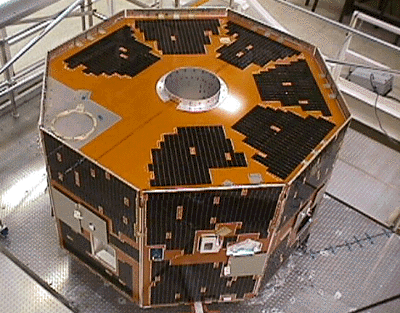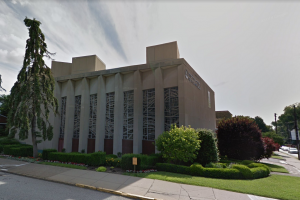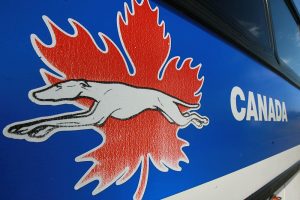Scientists at the Johns Hopkins Applied Physics Lab in Maryland confirmed on Tuesday, January 30 that a missing NASA satellite called IMAGE has been rediscovered. NASA’s Deep Space Network unexpectedly lost communications with the satellite on December 18, 2005, and it was thought lost.
The Imager for Magnetopause-to-Aurora Global Exploration satellite was launched on March 25, 2000 on a two-year mission to study how the Earth’s magnetosphere reacts to changes in solar wind, or streams of charged particles released by the Sun.
Amateur astronomer Scott Tilley first posted his findings on Twitter on January 20, suggesting that an object in the same orbit that IMAGE was in was transmitting data and may have come back to life.
The satellite was unexpectedly found, Tilley writes, while he was searching the “S-band” frequency range for new objects after the classified SpaceX Zuma launch. NASA scientists confirmed that the radio signals looked to be consistent with the spacecraft, and began attempting to confirm the findings.
On Jan. 30, @JHUAPL collected telemetry from the satellite. The signal showed that the spacecraft ID was 166 — the ID for IMAGE. The NASA team has been able to read some basic housekeeping data from the spacecraft, suggesting that at least the main control system is operational.
— NASA Sun & Space (@NASASun) January 31, 2018
A NASA failure review board report of the IMAGE satellite suggested that an equipment “circuit breaker” may have stopped supplying power to the satellite’s transponder, causing the loss of communications with the satellite.
Scientists thought that the satellite might reboot itself, expecting that a 2007 solar eclipse would drain its batteries, resetting the spacecraft control software. That never happened, and the mission was declared over.
NASA’s Goddard Space Flight Center will now analyze data from the spacecraft to understand how much of it is still working.





